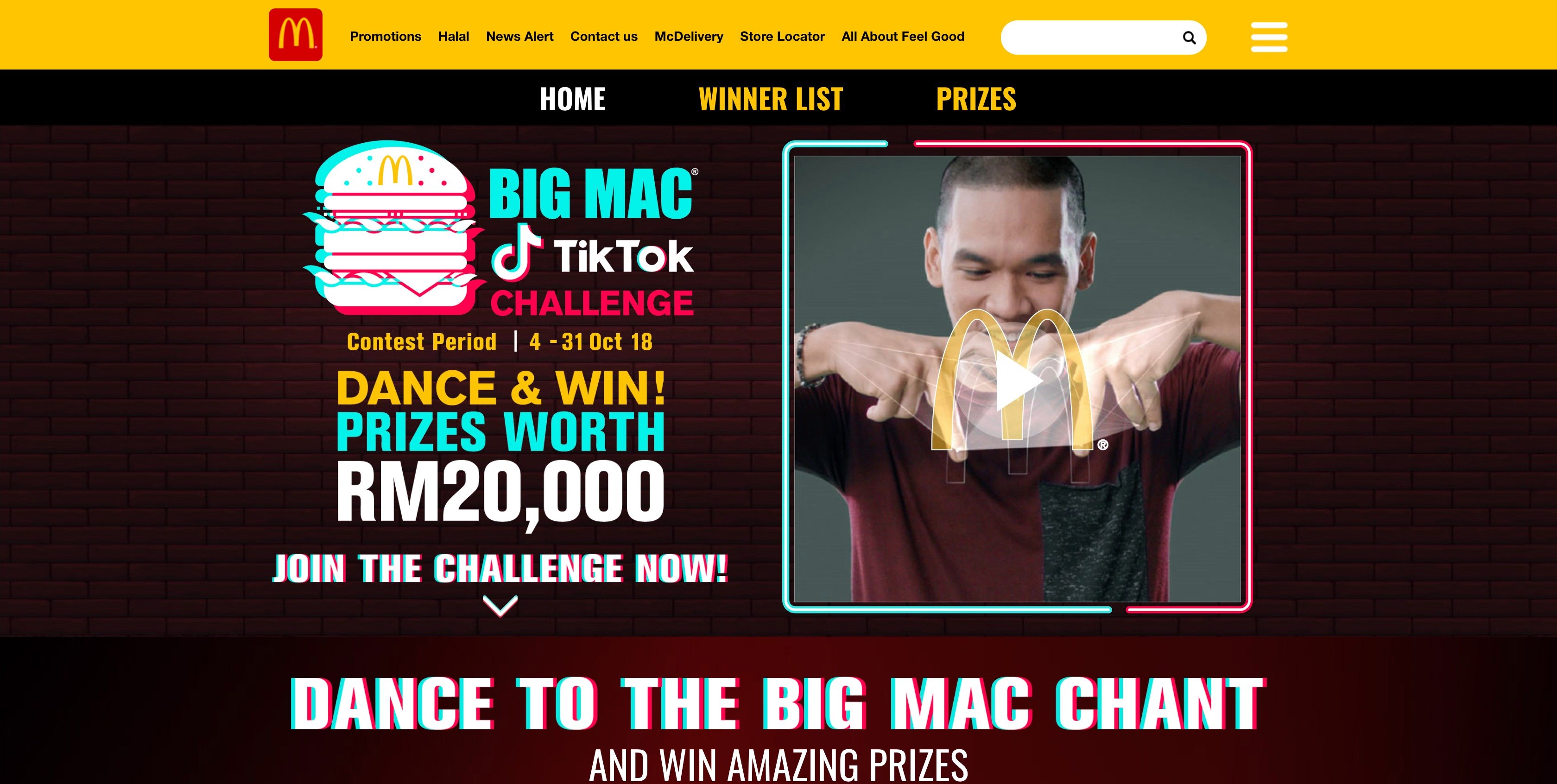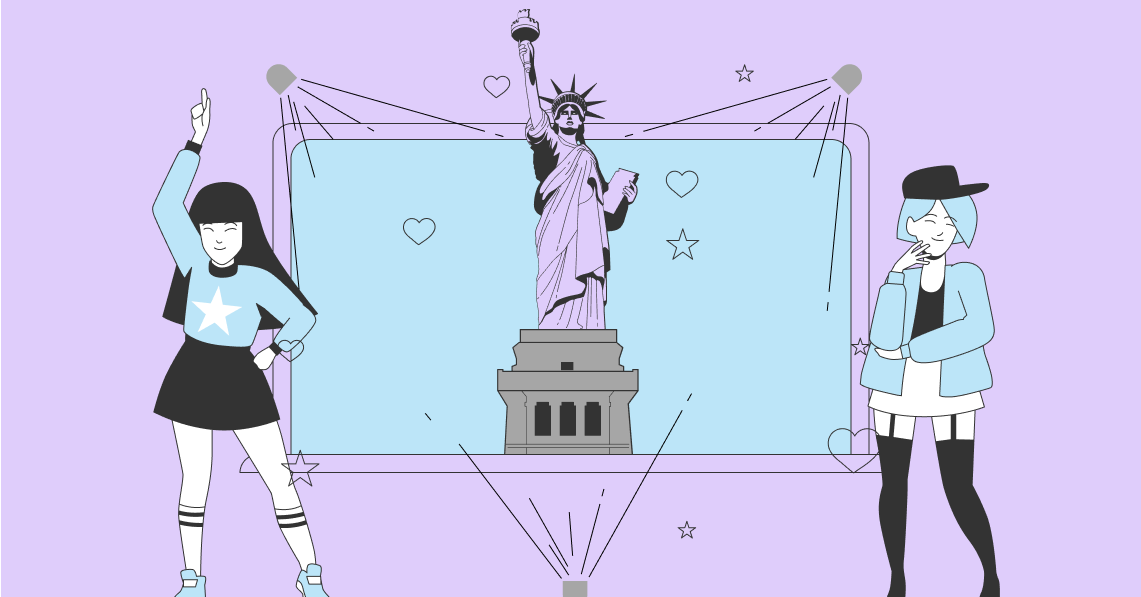One of the essential ingredients of any marketing strategy is to target your promotions at your preferred customers. There is little point promoting yourself to people unlikely to ever have an interest in your product. There would be little point in a real estate company selling retirement villas advertising on TikTok or SnapChat, for instance. Similarly, there is little point a brand selling back-to-school products promoting themselves on a "Golden Oldies" radio station.
If you target teenage girls and young women in their early twenties, then it makes much sense that you include TikTok in your marketing mix. Although many older people have never heard of the app, TikTok is surprisingly loved; indeed, it is one of the most downloaded apps in the world.
Developing a TikTok Marketing Strategy for Your Brand:
What is TikTok?
TikTok is a Chinese-owned social media video app. It has a slightly convoluted history. In September 2016, ByteDance launched its social video app, Douyin, in China. A year later, they expanded the app internationally, renaming it TikTok outside of China. TikTok started building a strong following, particularly in Asia. It was the most downloaded free app in Thailand in January 2018.
While TikTok / Douyin was the favorite social video sharing app in the East, another Chinese-owned app, Musical.ly held sway in the West. Musical.ly was a social media video platform released in August 2014 that allowed users to create short lip-sync and comedy videos. American young women and girls particularly favored it.
On November 9, 2017, ByteDance spent up to $1 billion to purchase Musical.ly. TikTok merged with Musical.ly on August 2, 2018, to create one large video community. They kept Douyin separate in China, however.
TikTok is now available in over 150 markets, and 75 languages. It is hugely popular in both the Apple and Android app stores and has been the world's most downloaded app in the Apple App Store, during some months. The lip-synching feature, which TikTok inherited from Muscal.ly, is still arguably the app's most used feature.
Why Use TikTok for Marketing?
From a marketer's point of view, the main reason to use TikTok is to reach out to a current (or future) potential customer group. With TikTok actively targeting people in their teen and early twenties, with a strong female bias, it is clear the types of firms that should consider using TikTok for marketing.
It makes far more sense a firm that sells fashion, beauty products, healthy food, and drinks, or feminine hygiene products to market on TikTok than it is for firms in the building industry, investment funds, new car dealerships, or retirement homes. At the moment, it would probably even be of limited value to gaming companies – Twitch is likely to offer them better value, as that is where the young, predominantly male gamers hang out.
TikTok has a few atypical users, although these are often celebrities and influencers sharing content with the core typical TikTok users. Jimmy Fallon, for example, is well known for sharing videos on TikTok. He also creates challenges for young TikTokers.
TikTok is more suitable for building enthusiasm, reach, and engagement than it is for direct selling. Most brands that market on TikTok use it to increase brand awareness.
What Sort of TikTok Marketing Strategy Should You Consider?
Many businesses find the best ways to target customers is via various social media and video sharing apps and websites. Marketers often spread their marketing dollars across a range of channels – the days of shoving all of your budgets into television advertising are long gone. Therefore, if you target the same kinds of people who love TikTok, it makes sense that you devote a portion of your marketing budget to the video platform.
Don't advertise on TikTok just because you have heard it is popular. You need a good reason to have a TikTok marketing strategy, and that should always come back to your campaign goals, and your targeted audience.
The starting point of nearly every marketing campaign needs to be the setting of campaign goals. What are you trying to achieve with this marketing campaign? Why are you considering marketing on TikTok?
In-Feed Native Ads
Advertising is relatively new to TikTok. The in-feed native ads have a similar look to Instagram Stories in full-screen mode. You can add website links and Call to Action buttons, such as "Order Now," which users can click on to take themselves to a suitable landing page.
You have quite a few options when designing a TikTok in-fees native ad. You can make them fully trackable, making it easy to determine the ROI of your marketing campaign – assuming you have first set your principal campaign goal and can calculate your ROI accordingly.
Hashtag Challenges
The typical TikTok user base loves facing a TikTok hashtag challenge. Probably the best known is Jimmy Fallon's #tumbleweedchallenge. Although the challenge was very much TikTok-oriented, Fallon began it on his late-night television talk show, The Tonight Show Starring Jimmy Fallon. Fallon challenged TikTok users to make videos of themselves rolling around the ground like a tumbleweed to a Western-music themed soundtrack. Ultimately TikTok users made more than 8,000 #tumbleweedchallenge videos.

Of course, you don't have to rely on celebrities like Jimmy Fallon to set your hashtag challenges. Brands have managed to do it too. For example, McDonald's set a #bigmactiktok challenge that resulted in excellent social engagement. The challenge (set by McDonalds Malaysia) invited TikTok followers to make videos where they danced to the "Big Mac Chant." McDonald's offered a top prize of RM5,000 cash, along with a range of other rewards. Everybody with the confidence to enter received a voucher for a free Big Mac. Cash prizes totaled RM20,000.
Hashtag challenges can build traffic and engagement with the need for little spending (apart perhaps from some prizes and cross-promotion) on behalf of the challenging company.
You can also formally set hashtag challenges as part of TikTok's advertising system. This type of ad presents the TikTok user with a banner ad that sends them to a page of challenge instructions and rules. TikTok places the advertising banner on suitable users' Discover page. The advertising company can view all the relevant metrics and analytics so they can determine the success of their campaign.
If you are planning a hashtag challenge, you need to consider the level of difficulty in what you set. There is little point making a challenge too easy – it is supposed to be a challenge, after all. However, you can't make it so complicated that people won't try. While rolling along on the floor like a tumbleweed is probably not that hard, it would be embarrassing to many people, making it more challenging.
It is also a good idea not to be too prescriptive in your hashtag challenge. TikTok fans love being able to add some of their personality to their resulting videos.
Brand Takeovers
Brand takeovers are relatively rare, but they involve a brand "taking over" TikTok for a short time. The first brand takeover was by fashion brand GUESS, from September 1 to September 6, 2018. They combined this with a branded hashtag challenge. As each TikTok user opened the app during the GUESS branded takeover period, they were directed to the #InMyDenim challenge. GUESS also worked with popular creators @ourfire, @madison_willow, @jammincammy, and @operamericano.
Obviously, you have to be a significant brand to stage a TikTok brand takeover, and there can't be more than one brand takeover at a time.
User-Generated Content
User-generated content (UGC) has increased dramatically in popularity for online marketers over the last few years. In many ways, it is the ultimate expression of user engagement. UGC is probably easier for non-profits and organizations rather than for brands, although it is also potentially viable for brand social advertising.
Probably the best way to encourage UGC on TikTok is to ask your followers to promote your brand or organization's cause by creating and uploading suitable content.
In many ways, this is similar to a hashtag challenge, which, of course, involves users uploading videos of themselves doing whatever is asked in the challenge.
Chinese restaurant Haidilao undertook a user-generated marketing campaign when they asked their TikTok followers to make and upload short videos of their food being prepared, using a selection of ingredients from the Haidilao menu. Ultimately, an incredible 15,000 people filmed their "food experience".
Influencer Marketing
TikTok is an ideal platform to engage in influencer marketing. There are many young stars on TikTok who are incredibly popular with their fans. We have regularly covered TikTok on the Influencer Marketing Hub, including our guide to top TikTok male influencers.
As with all influencer marketing, you need to ensure that you strike a genuine relationship with your TikTok influencers and that they remain authentic to their audience. Brands often work with influencers to spread the message about their other types of TikTok marketing campaigns.
Remember that a TikTok audience is predominantly young people. It is probably not the best place to push actively for sales. Few TikTok influencers will feel comfortable trying to direct sell in their videos and know that to do so would harm their authenticity, possibly permanently, with their followers.


